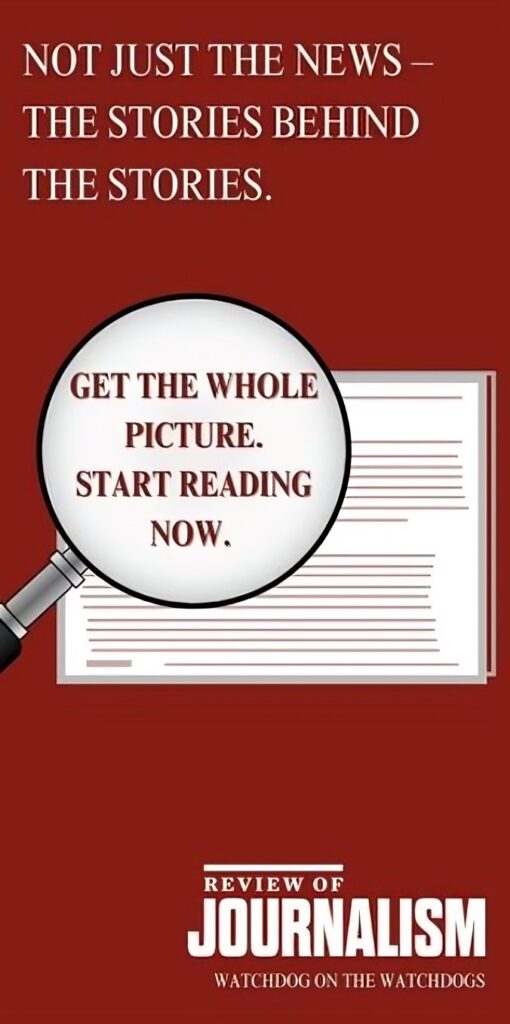Shortly before he died in 2006, Bernard Ostry wrote an op-ed essay for The Globe and Mail advocating a royal commission of inquiry into multiculturalism. Ostry, one of Canada’s great civil service mandarins, had drafted and implemented the Trudeau government’s multiculturalism policy in the 1970s.
In his essay, he applauded Canadians’ popular celebration of diversity, but worried that the wheels might be starting to fall off and that, with a million newcomers turning up every four years, Canadians had no idea where multiculturalism was going or what kind of society was being created as a result.
Indeed, there are disturbing signs, which is why Mariana Valverde’s Every-day Law on the Street: City Governance in an Age of Diversity is an excellent idea. She sets out to examine cultural bias, meaning...
Michael Valpy is a journalist and author. Through a long career at The Globe and Mail, he served as foreign correspondent, national political columnist, member of the editorial board, and deputy managing editor before leaving to teach in 2010.

